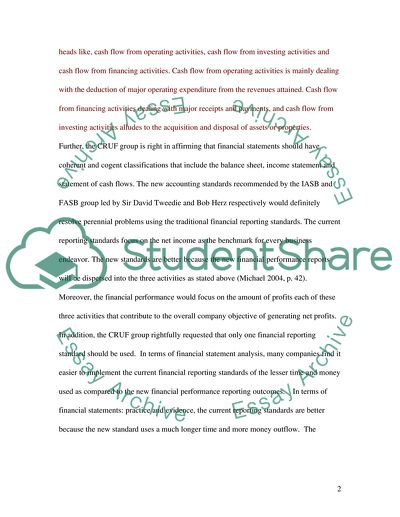Cite this document
(Financial Statement Reformulation of the CRUF Group Case Study, n.d.)
Financial Statement Reformulation of the CRUF Group Case Study. Retrieved from https://studentshare.org/finance-accounting/1543853-financial-statement-analysis-financial-statements-reformulation-and-equity-valuation
Financial Statement Reformulation of the CRUF Group Case Study. Retrieved from https://studentshare.org/finance-accounting/1543853-financial-statement-analysis-financial-statements-reformulation-and-equity-valuation
(Financial Statement Reformulation of the CRUF Group Case Study)
Financial Statement Reformulation of the CRUF Group Case Study. https://studentshare.org/finance-accounting/1543853-financial-statement-analysis-financial-statements-reformulation-and-equity-valuation.
Financial Statement Reformulation of the CRUF Group Case Study. https://studentshare.org/finance-accounting/1543853-financial-statement-analysis-financial-statements-reformulation-and-equity-valuation.
“Financial Statement Reformulation of the CRUF Group Case Study”. https://studentshare.org/finance-accounting/1543853-financial-statement-analysis-financial-statements-reformulation-and-equity-valuation.


